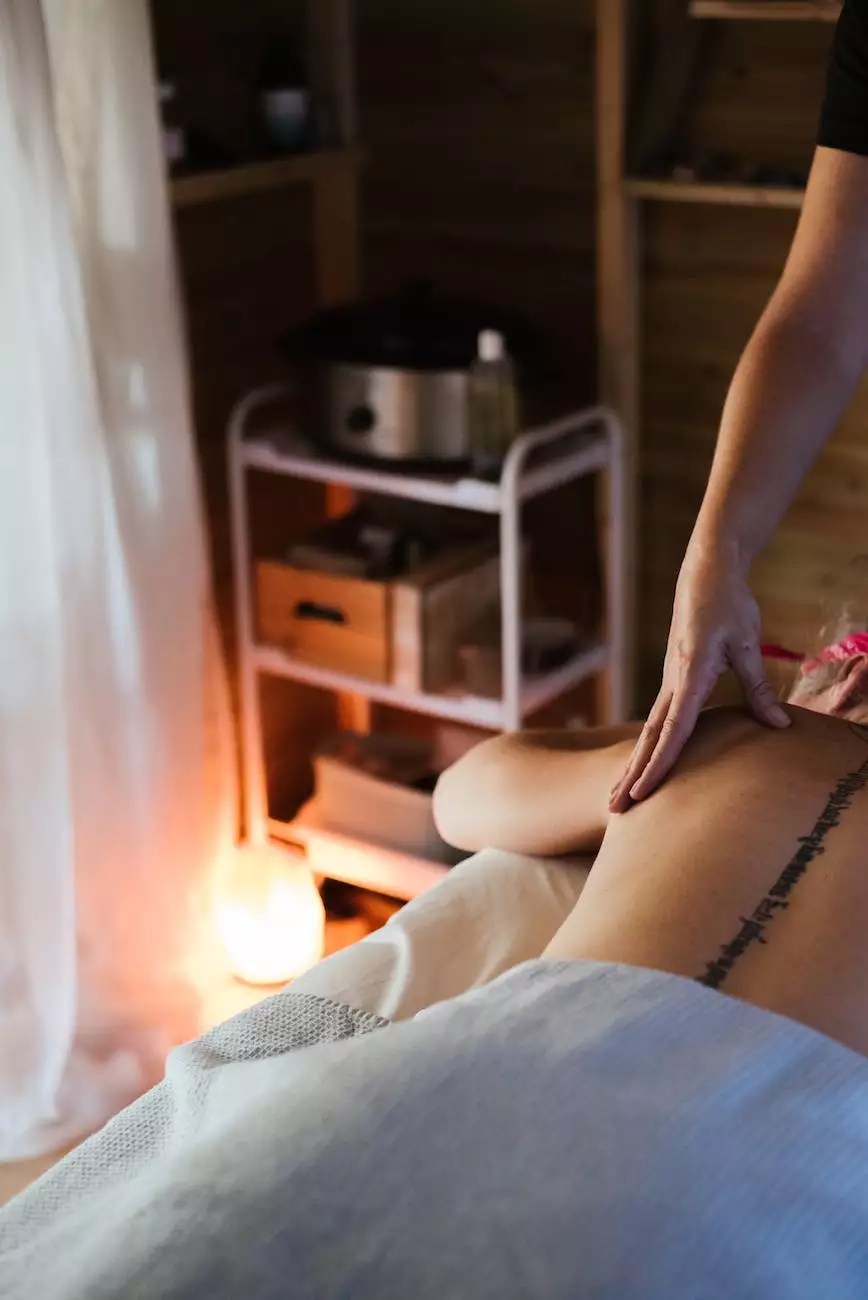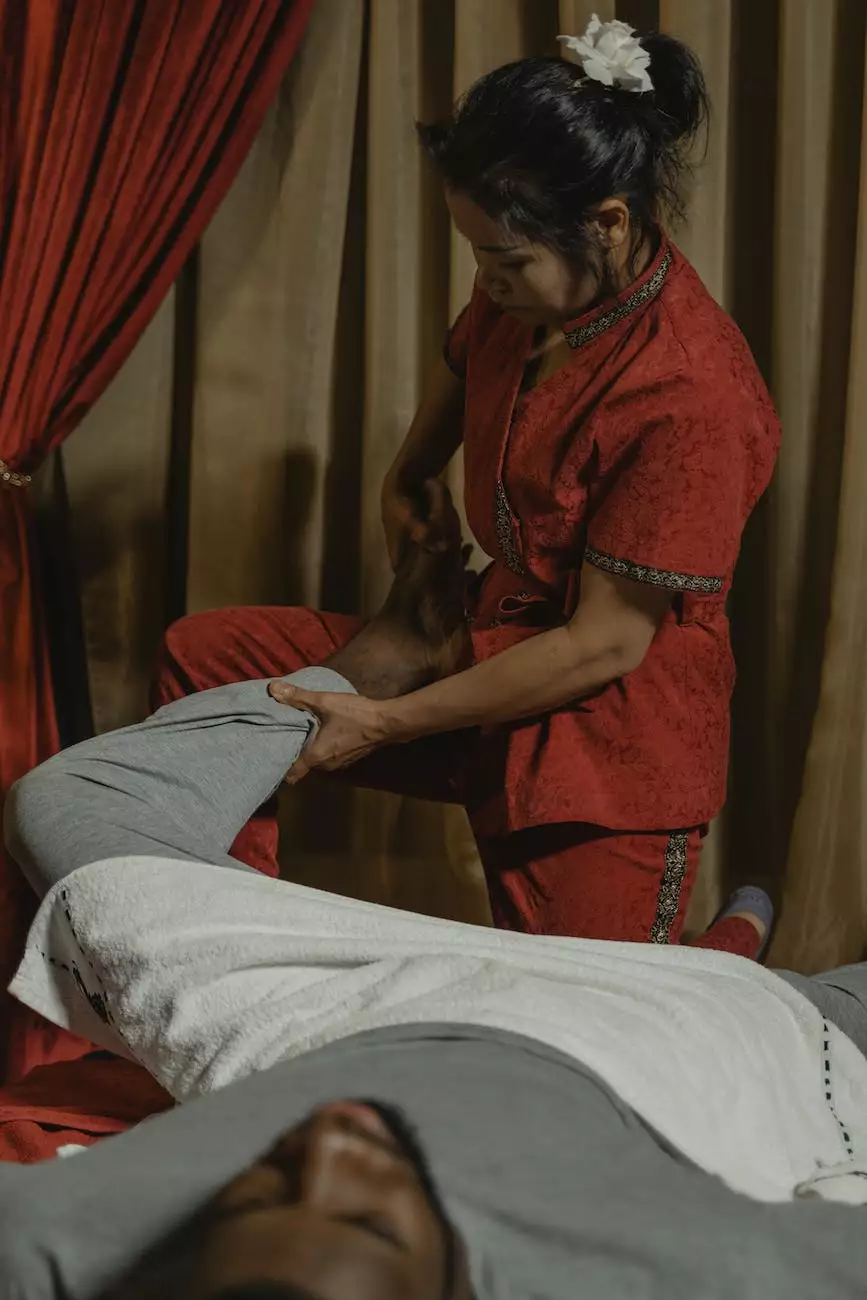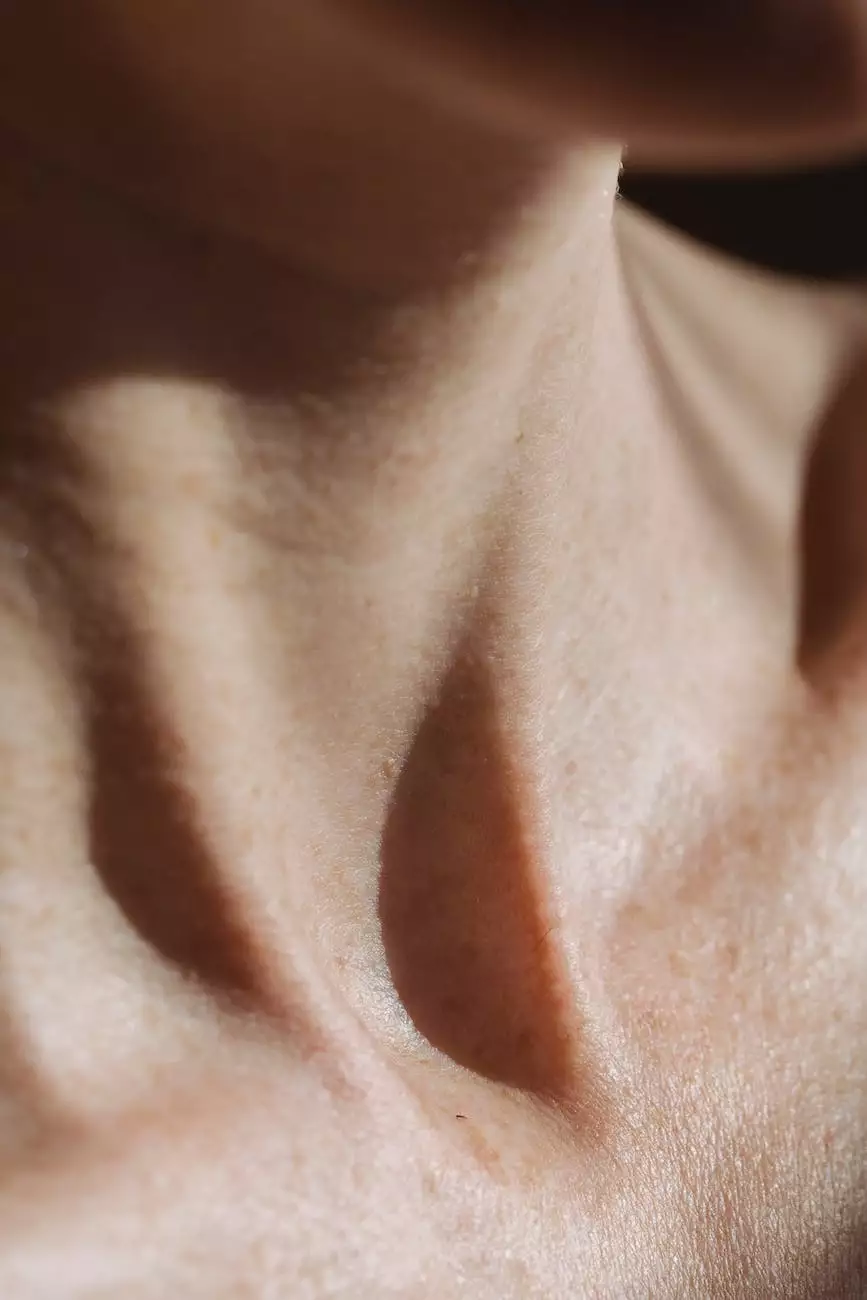Ankle Twinges with Certain Movements

The Anatomy of the Ankle
Before we delve into ankle twinges with certain movements, let's first understand the intricacies of the ankle joint. The ankle is composed of three major bones: the tibia, fibula, and talus. These bones are held together by an intricate network of ligaments, tendons, and muscles to provide stability and facilitate movement.
Common Causes of Ankle Twinges
Experiencing twinges or discomfort in the ankle with certain movements can be attributed to various underlying factors. Some common causes include:
- Previous Injuries: Ankle twinges may occur as a result of prior ankle injuries such as sprains or fractures. These injuries can leave the joint weakened and more susceptible to twinges during specific movements.
- Overuse: Engaging in repetitive activities or sports that put excessive strain on the ankle joint can lead to twinges or discomfort. Overuse injuries, such as tendonitis or stress fractures, may manifest as twinges with specific movements.
- Structural Abnormalities: Certain structural abnormalities, including flat feet or high arches, can contribute to ankle twinges. These abnormalities can affect the alignment and distribution of forces within the ankle joint, leading to twinges during specific movements.
- Impaired Joint Mobility: Tight or restricted joint mobility can increase the likelihood of experiencing twinges in the ankle. Limited range of motion or muscle imbalances can place additional stress on specific areas of the joint, resulting in twinges during certain movements.
Effective Management and Prevention
Managing and preventing ankle twinges with certain movements is essential to maintain optimal ankle health and function. Here are some strategies to consider:
1. Proper Warm-up
Before engaging in physical activity or exercise, it is crucial to warm up adequately. A warm-up routine should include dynamic stretches and movements that target the ankle joint. This helps increase blood flow, loosen muscles, and prepare the ankle for the upcoming activity, reducing the likelihood of twinges.
2. Strengthening Exercises
Participating in strengthening exercises specific to the ankles can help improve overall joint stability and reduce the occurrence of twinges. Exercises such as calf raises, ankle circles, and resistance band exercises can help strengthen the supporting muscles around the ankle joint.
3. Proper Footwear
Wearing appropriate footwear plays a significant role in ankle health. Choose shoes that provide adequate support, cushioning, and stability, especially during activities that involve repetitive or vigorous movements. Properly fitted shoes can help minimize the risk of ankle twinges.
4. Modification of Activities
If certain activities consistently trigger ankle twinges, consider modifying or avoiding them. For example, if running on uneven surfaces causes discomfort, switch to a more even and stable terrain. Listen to your body and adjust your activities accordingly to prevent further irritation.
5. Physical Therapy
If ankle twinges persist or are severe, seeking professional help from a physical therapist can provide valuable insights and customized treatment plans. Physical therapists can assess your ankle mechanics, identify any underlying issues, and guide you through specific exercises and interventions to alleviate discomfort.
When to Seek Medical Attention
While many cases of ankle twinges can be managed with conservative measures, it is important to recognize when medical attention may be necessary. Consult a healthcare professional if you experience any of the following:
- Severe or persistent ankle twinges
- Inability to bear weight on the affected foot
- Swelling, redness, or warmth around the ankle joint
- Limited range of motion
- Increasing pain with activity
Remember, every individual is unique, and the information provided here is intended for general guidance. For personalized advice and comprehensive treatment options, consult with a healthcare professional.
By following these guidelines and taking steps to prioritize ankle health, you can effectively manage ankle twinges with certain movements and maintain an active, pain-free lifestyle.









